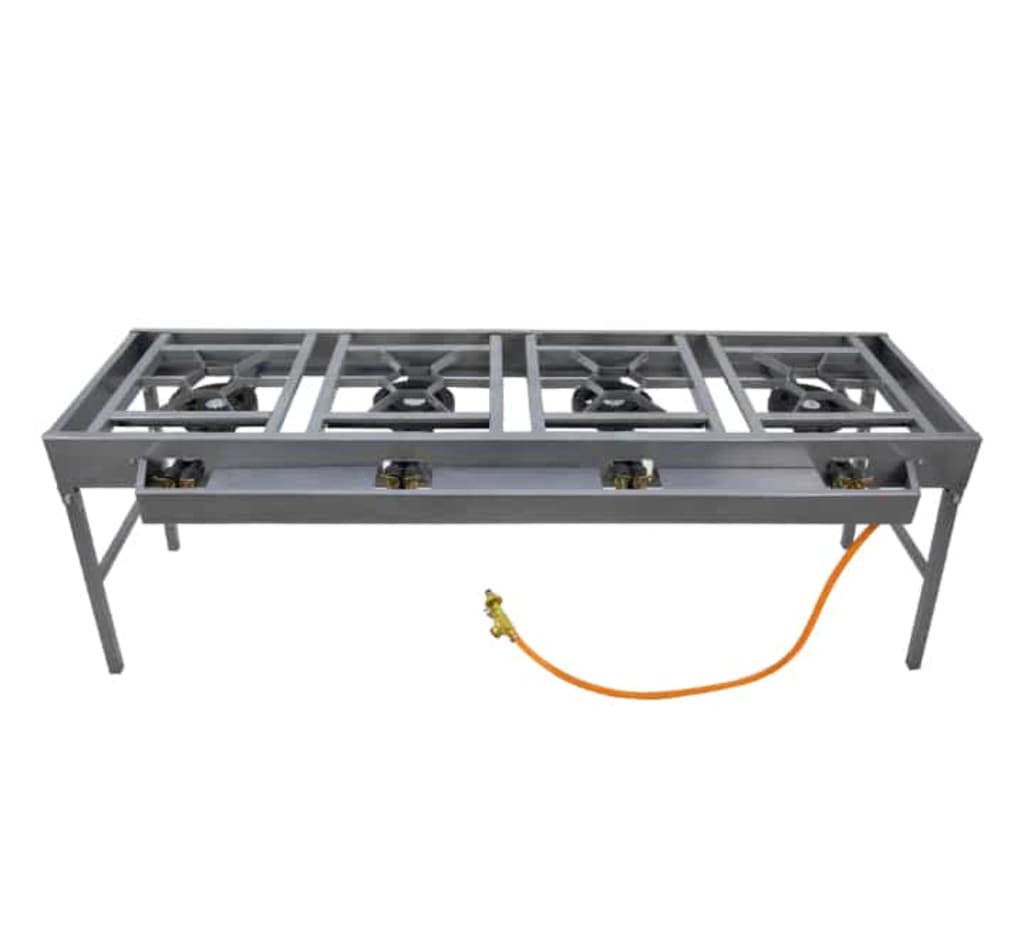Gas stoves: A closer look at indoor pollution and health concerns.
indoor pollutants

In the realm of the internet, gas stoves have become a topic of concern, garnering attention due to studies revealing their association with indoor air pollution and potential health problems. This has sparked debates among policymakers about the necessity of regulations on these stoves, leaving many of us pondering our relationship with an appliance that we might have taken for granted. Exploring the issue reveals complexities, and there are no easy answers. Nevertheless, it is essential to examine the worries surrounding gas stoves, their risks, and the precautions we can take. Additionally, we'll explore a fascinating alternative for the future - cooking with magnets.
Cooking over an open flame has been a time-honored practice since the discovery of fire. While electric stoves have gained popularity, gas stoves remain a favorite in many households and professional kitchens due to their ease of temperature control and clever advertising by the gas industry. However, evidence has been mounting, indicating that gas stoves contribute to indoor air pollution even when not in use, raising concerns about potential health impacts.
The process of burning natural gas seems clean in theory, producing water, carbon dioxide, and heat when methane combines with oxygen during complete combustion. Nonetheless, perfect conditions for complete combustion rarely occur in real-world scenarios, leading to the release of unburned gas and the creation of harmful byproducts such as carbon monoxide and formaldehyde. Even the small amounts of other compounds present in natural gas can contribute to indoor air pollution.
Compounding the issue is the presence of small leaks in gas pipelines, allowing methane and other compounds to seep into households even when the stove is off. Some of these compounds, like benzene and formaldehyde, are known carcinogens. While the concentrations of these substances might not always reach hazardous levels, their presence in the majority of homes is a concerning prospect.
The primary health concern associated with gas stoves is their potential link to childhood asthma. Though studies have not definitively proven causation, they have shown correlations between gas stoves and an increased risk of asthma development in children. The nitrogen oxides produced during gas combustion can irritate the respiratory system, affecting children more profoundly due to their smaller airways and proximity to the ground where these compounds accumulate.
Addressing these concerns requires acknowledging that our lives are filled with pollutants, both indoors and outdoors. While it may not be feasible to eliminate all pollutants, it is essential to reduce risks wherever possible. For gas stove users, utilizing a well-functioning vent can help mitigate indoor air pollution. Although vent systems may not completely eliminate risks, they can significantly improve air quality, making ventilation a critical precautionary measure.
For those considering alternatives to gas stoves, propane offers a somewhat cleaner option. Propane is purer than natural gas, containing fewer additional compounds. However, research on how burning propane affects health risks compared to natural gas is limited.
Another viable option is the induction stove, which uses electromagnetic induction to heat pots and pans directly, instead of heating the stovetop. This technology is efficient, allows for precise temperature control, and eliminates the production of nitrogen oxides. Although induction stoves are more expensive and may require electrical setup, they present a promising way to improve indoor air quality.
Ultimately, the goal is not to eliminate every potential pollutant but to take reasonable steps to maintain fresh indoor air and promote better health. Different circumstances may call for different solutions, and individuals may need to consider factors like cost and the age of household members when deciding on the best approach. As we spend much of our lives indoors, it is worth considering how the air quality within our homes may impact our well-being.
About the Creator
Enjoyed the story? Support the Creator.
Subscribe for free to receive all their stories in your feed. You could also pledge your support or give them a one-off tip, letting them know you appreciate their work.






Comments
There are no comments for this story
Be the first to respond and start the conversation.